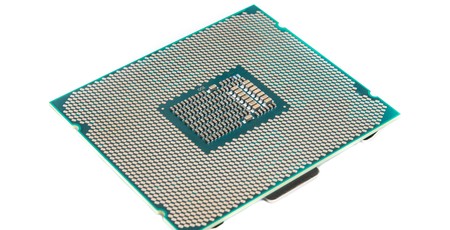
Overclocking
With the Core i9-7980XE and Core i9-9980XE hitting 4.5GHz with less than 1.2V, this was our target here, and with STIM under the hood, we hoped for some reasonable gains, especially given Intel's claims of a hefty refinement bump this time around. Our usual target was met easily and with lower voltage too, so we carried on up and were pleased to see 4.6GHz was completely stable too at 1.2V. Daring to venture further, we tried 4.7GHz across all 18 cores, and amazingly we got a Cinebench run, albeit with temperatures quickly approaching 90°C. We dialled down the voltage till we kept things in the mid 80s after a five-minute Prime95 smallFFT run, which required a vcore of 1.165V, but amazingly it was stable - 200MHz higher than with either previous 18-core monsters. Now, we can't say this is definitive for the Core i9-10980XE or even Cascade Lake-X as a whole or whether this is down to binning or refinement, but this is an absolute monster overclock, and given how Skylake CPUs fared, you'll likely see higher frequencies from the 10-,12-, and 14-core parts too. Let's hope there are plenty of tickets on that silicon lottery.
Performance Analysis
As we said at the start, there are no real direct competitors from AMD seeing as the Ryzen 9 3950X lacks the PCIe Lanes and quad-channel memory and 3rd Gen Threadripper, which isn't released yet, will retail for considerably more. However, there are definitely comparisons to be made with a number of CPUs, not least of all in Intel's own stack.
Versus the Ryzen 9 3950X
Let's start with the conversation of the summer, which was the Core i9-10980XE versus the Ryzen 9 3950X. The latter was a little disappointing in Premiere Pro, and the Core i9-9980XE was significantly quicker at exporting our 4K project as was the Threadripper 2950X. The new kid on the block edged out an even more extensive lead, further cementing its place as the ultimate Premiere Pro desktop CPU for now. HandBrake doesn't scale particularly well above eight cores, so the grunt of the Zen 2-powered Ryzen 9 3950X powers it to the top of the chart. Only with an overclock can the Intel CPU better it (and by quite some margin), but on occasions, the AMD CPU is still a force to be reckoned with at stock speed, including in PCMark 10's photo editing test, where it held a commanding lead.
The single-threaded Cinebench performance of the Core i9-10980XE is poor compared to much of the rest of the field, with the Ryzen 9 3950X offering by far the best performance here. Those leaks over the last few months about the multi-threaded scores of both CPUs were accurate too - the Ryzen 9 3950X beats the Cascade Lake-X flagship but only at stock speed. Once you dial in that overclock, despite its ageing architecture, the Core i9-10980XE still bests the AMD chip by nearly 500 points. Interestingly it was an identical situation in Blender and POV-Ray - the Intel CPU was slower at stock speed but faster when overclocked.
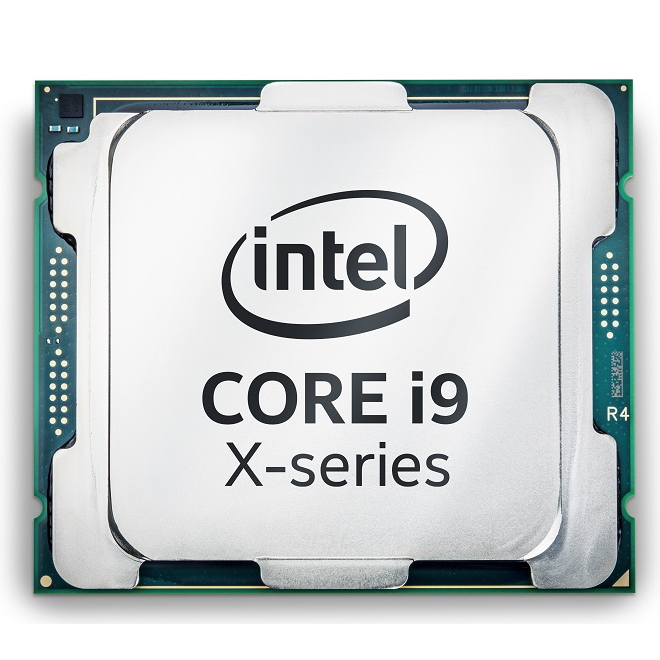
At the risk of repeating ourselves, the same was true in Dota 2, with the 4.7GHz all-core overclock adding a huge performance boost to the Core i9-10980XE, giving it a big lead over the AMD 16-core CPU - but with the opposite being true at stock speed. Far Cry 5 saw less Intel dominance with the Ryzen 9 3950X only missing out on a few frames on the overclocked average frame rate, and AMD was again faster at stock speed. That raw frequency and core count seemed to count for a lot in Civilisation VI, with the Core i9-10980XE managing the top two scores, and it was an overclocked versus stock speed tussle again in Time Spy.
There's one key win for AMD here, though, which is power consumption. Intel can add as many plus symbols to its product as it likes, but the fact is that only a significant overhaul is going to fix what are quite dire power efficiency numbers compared to the AMD CPU. At stock, the load figures for both were 242W and 376W - that's more than an entire lightbulb's worth on the Intel CPU and sometimes for less performance. Overclocked it was even worse - 340W versus 595W, which is 255W, or two and a half candescent lightbulbs. That's more than most mainstream systems draw in total too. You certainly get some big numbers in some benchmarks but at a heck of a cost in terms of power consumption. Some will scoff at that while others won't give a damn, of course.
Versus other Intel CPUs
The promise of a better overclock is pretty much the only reason to upgrade from a Core i9-7980XE or Core i9-9980XE, which is likely not a good enough reason for most. You do get the hardware security mitigations and pokier stock speed boost, but elsewhere it's meagre gains that rarely go beyond five percent. there's not much more to discuss there other than saying you can probably feel a little better about that depreciation, because you may as well hang on to your CPU for now. Intel's mainstream Hyper-Threaded eight-core CPUs are usually a good benchmark for gaming performance, and the Core i9-10980XE certainly closes the gap from previous generations. At stock speed, it's only marginally behind the Core i9-9900K in DotA 2 and faster once overclocked, second only to the overclocked Core i9-9900KS but achieving a higher average frame rate. The 9900 series CPUs hit higher averages in Far Cry 5, but the minimums/99th percentiles weren't too far apart, and overclocked it was again only the Core i9-9900KS that was quicker, whereas it was a win for more cores in Civilisation VI and Time Spy.
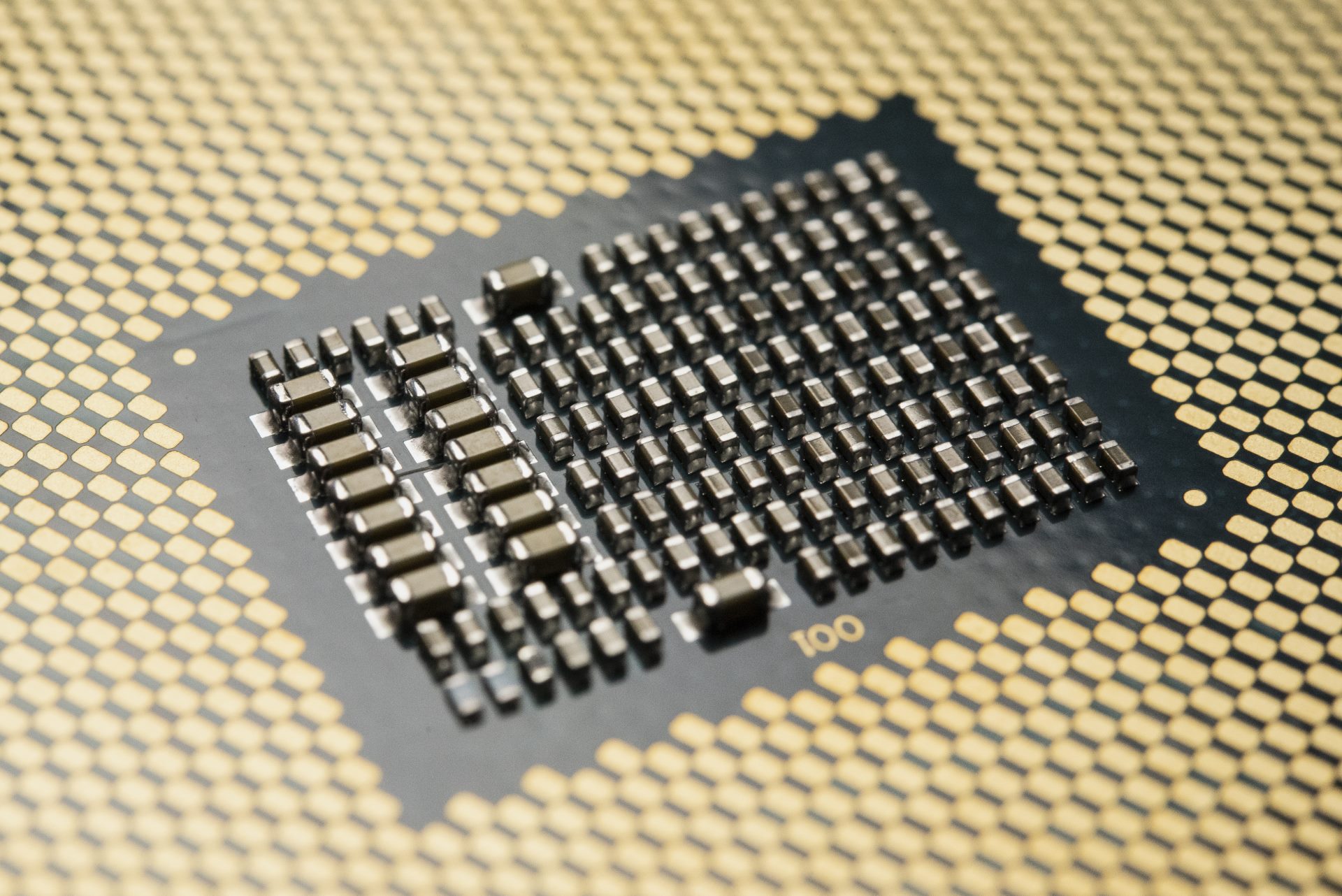
Versus 2nd Gen Threadripper
If there's one concern we have for the Core i9-10980XE it's Threadripper. The likes of the Threadripper 2950X continue to fall in price, and AMD has stated 2nd Gen parts are sticking around. The 2950X costs around £700 but is a viable stock speed alternative in the likes of HandBrake, Blender, and to a lesser extent, Premiere Pro, especially if you need those extra PCIe lanes. The Cascade Lake-X chip edges out leads its predecessor already enjoyed here, though, with sizeable leads in all our game tests. The worry, though, is what 3rd Gen Threadripper can do to Intel's party given 2nd Gen models snap at its heels in areas the Ryzen 9 3950X cannot. For content creation systems, there's also the benefit of cheaper X399 boards, especially on the second-hand market, which could help to further eat into Core i9-10980XE sales.
Versus 3rd Gen Threadripper
This section will be updated today at 2pm once the embargo for the AMD CPUs expires.
Conclusion
We'll start by saying that before you reach for your wallet, we'd advise you to hang on until mid-afternoon, as we may have some interesting additional tech talk for you. We can't say any more at this point, but trust us - you need to tune in again. Hints aside, Intel doesn't have an AMD killer here, but the same is true the other way around. The Ryzen 9 3950X doesn't strike a killer blow and is significantly slower in some tests, but is far more efficient and affordable, especially if you opt for a decent B450 chipset board. If the monster overclock we achieved is replicated elsewhere (we'd be keen to see more retail sample evidence) then combined with massive price cuts, each of the four new HEDT CPUs could be worth considering if you need the extra PCIe lanes or quad-channel memory support.
The problem is, outside of those requirements, Intel already has decent options in the mainstream, especially for gaming-focussed rigs, and AMD certainly does, with more of a focus on content creation. Either way, the Core i9-10980XE sits a few hundred pounds above AMD's mainstream flagship but offers additional features that some will require for their specific needs. For those people, the Core i9-10980XE is a great buy, especially as X299 motherboards can be had for less than £200, and the CPU is a far better all-rounder than AMD's 2nd Gen Threadrippers. The 3rd Gen successors, meanwhile, look set to sit in a completely different price bracket, regardless of their performance. We're keen to see new things from Intel here as much as the next guy, but for now, 18 cores and a whole lot of performance and bandwidth just got a heck of a lot cheaper.


MSI MPG Velox 100R Chassis Review
October 14 2021 | 15:04

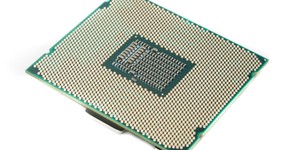
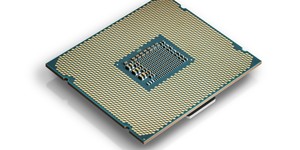
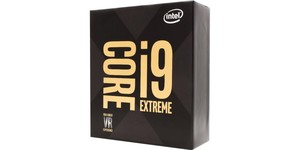




Want to comment? Please log in.